BROWNE, John (1642-1700). A Compleat Treatise of the Muscles, As they appear in Humane Body, And arise in Dissection; With Diverse Anatomical Observations Not yet Discovered . [London:] In the Savoy, Printed by Thomas Newcombe, 1681.
BROWNE, John (1642-1700). A Compleat Treatise of the Muscles, As they appear in Humane Body, And arise in Dissection; With Diverse Anatomical Observations Not yet Discovered . [London:] In the Savoy, Printed by Thomas Newcombe, 1681. 2 o (318 x 292 mm.). Engraved portrait of Browne (repaired at corners) after R. White and 37 engraved plates. 13 explanation leaves at pages 56, 66, 70, 76, 80, 86, 90, 96, 98, 102, 108, 114 and 204. (Lacks text leaf Q1 [pp.61-62] as often, some occasional pale spotting, last leaf chipped along lower edge.) Modern morocco gilt in period style. Provenance : Thomas Outhwaite (18th-century signature on front flyleaf); John Outhwaite (signature dated 1819 on front flyleaf); Ira M. Rutkow (pencil signature on rear flyleaf). FIRST EDITION, though leaf Q1 is lacking, the catchword on p.60 matches the first word on p.63 which follows. Browne's anatomy of the muscles, his most popular work, which went through more than ten English and Continental editions, and was translated into Latin and German. It is more widely known as Myographia nova , the title given to the Latin edition of 1684 and to all subsequent Latin and English editions. The manuscript of the Compleat Treatise (now at the Royal College of Surgeons) was completed in 1675, around the time that Browne was appointed Surgeon in Ordinary to Charles II (a post he would continue to hold under two successive kings). It was at this time, as Russell states, that the ambitious Browne began to publish medical works "as the best and quickest way of bringing his name before the public as a surgeon" (Russell [1959], p. 397). Two early compilations from other authors, published in 1678, were followed by the Compleat Treatise , dedicated to Charles II; this may have been a contributing factor in the King's recommendation of Browne to a surgical post at St. Thomas's Hospital in 1683. Further publications of note from Browne included a treatise on the King's Evil ( Adenochoiradelogia [1684]), containing an excellent firsthand account of the ceremony of touching royalty as a cure for scrofula, and an article in the Phil. Trans. vol. 15 (1685) containing the first description of cirrhosis of the liver (G-M 3613). Browne's Compleat Treatise is chiefly known today as a famous example of medical plagiarism, and with good reason: the text is a nearly a word-for-word transcription of William Molins's lesser-known \KMyskotomiai\k or the Anatomical Administration of all the Muscles of an Humane Body (1648 and later), with plates copied, with some alterations, from the reduced versions of the Fialetti engravings in the 1632 Frankfurt edition of Casserio's Tabulae Anatomicae . Browne's heavy reliance on Molins and Casserio, unacknowledged in either the Compleat Treatise or any of its later editions, was mercilessly exposed by James Young in his Medicaster Medicatus, or a Remedy for the Itch of Scribling (1685), in which Young, following the tradition established by so many English polemicists of his century, blasted Browne's pretensions to authorship while thoroughly assassinating his character. It is Young's detailed and trenchant criticism that has branded Browne so permanently with the unsavory title of plagiarist, but it must be remembered that plagiarism, although condemned by many authors of the time, was still widely practiced in the 17th and 18th centuries (a telling example of this two-faced behavior is William Cowper who attacked Browne as a plagiarist in his Myotomia Reformata [1694] at the same time he was completing his Anatomy of Humane Bodies [1698], the illustrations of which he took without permission from Bidloo's Anatomia Humani Corporis [1685]). Furthermore, Browne's work continued to enjoy popularity and influence into the 18th century, as can be seen by the reproduction of the Browne/Casserio plates in such works as Manget's Theatrum Anatomicum (1716, 1717). Heirs of Hippocrates 642; NLM/Krivatsy 1820; Roberts & Tomlinson, pp.404-11. Russell, Brit
BROWNE, John (1642-1700). A Compleat Treatise of the Muscles, As they appear in Humane Body, And arise in Dissection; With Diverse Anatomical Observations Not yet Discovered . [London:] In the Savoy, Printed by Thomas Newcombe, 1681.
BROWNE, John (1642-1700). A Compleat Treatise of the Muscles, As they appear in Humane Body, And arise in Dissection; With Diverse Anatomical Observations Not yet Discovered . [London:] In the Savoy, Printed by Thomas Newcombe, 1681. 2 o (318 x 292 mm.). Engraved portrait of Browne (repaired at corners) after R. White and 37 engraved plates. 13 explanation leaves at pages 56, 66, 70, 76, 80, 86, 90, 96, 98, 102, 108, 114 and 204. (Lacks text leaf Q1 [pp.61-62] as often, some occasional pale spotting, last leaf chipped along lower edge.) Modern morocco gilt in period style. Provenance : Thomas Outhwaite (18th-century signature on front flyleaf); John Outhwaite (signature dated 1819 on front flyleaf); Ira M. Rutkow (pencil signature on rear flyleaf). FIRST EDITION, though leaf Q1 is lacking, the catchword on p.60 matches the first word on p.63 which follows. Browne's anatomy of the muscles, his most popular work, which went through more than ten English and Continental editions, and was translated into Latin and German. It is more widely known as Myographia nova , the title given to the Latin edition of 1684 and to all subsequent Latin and English editions. The manuscript of the Compleat Treatise (now at the Royal College of Surgeons) was completed in 1675, around the time that Browne was appointed Surgeon in Ordinary to Charles II (a post he would continue to hold under two successive kings). It was at this time, as Russell states, that the ambitious Browne began to publish medical works "as the best and quickest way of bringing his name before the public as a surgeon" (Russell [1959], p. 397). Two early compilations from other authors, published in 1678, were followed by the Compleat Treatise , dedicated to Charles II; this may have been a contributing factor in the King's recommendation of Browne to a surgical post at St. Thomas's Hospital in 1683. Further publications of note from Browne included a treatise on the King's Evil ( Adenochoiradelogia [1684]), containing an excellent firsthand account of the ceremony of touching royalty as a cure for scrofula, and an article in the Phil. Trans. vol. 15 (1685) containing the first description of cirrhosis of the liver (G-M 3613). Browne's Compleat Treatise is chiefly known today as a famous example of medical plagiarism, and with good reason: the text is a nearly a word-for-word transcription of William Molins's lesser-known \KMyskotomiai\k or the Anatomical Administration of all the Muscles of an Humane Body (1648 and later), with plates copied, with some alterations, from the reduced versions of the Fialetti engravings in the 1632 Frankfurt edition of Casserio's Tabulae Anatomicae . Browne's heavy reliance on Molins and Casserio, unacknowledged in either the Compleat Treatise or any of its later editions, was mercilessly exposed by James Young in his Medicaster Medicatus, or a Remedy for the Itch of Scribling (1685), in which Young, following the tradition established by so many English polemicists of his century, blasted Browne's pretensions to authorship while thoroughly assassinating his character. It is Young's detailed and trenchant criticism that has branded Browne so permanently with the unsavory title of plagiarist, but it must be remembered that plagiarism, although condemned by many authors of the time, was still widely practiced in the 17th and 18th centuries (a telling example of this two-faced behavior is William Cowper who attacked Browne as a plagiarist in his Myotomia Reformata [1694] at the same time he was completing his Anatomy of Humane Bodies [1698], the illustrations of which he took without permission from Bidloo's Anatomia Humani Corporis [1685]). Furthermore, Browne's work continued to enjoy popularity and influence into the 18th century, as can be seen by the reproduction of the Browne/Casserio plates in such works as Manget's Theatrum Anatomicum (1716, 1717). Heirs of Hippocrates 642; NLM/Krivatsy 1820; Roberts & Tomlinson, pp.404-11. Russell, Brit



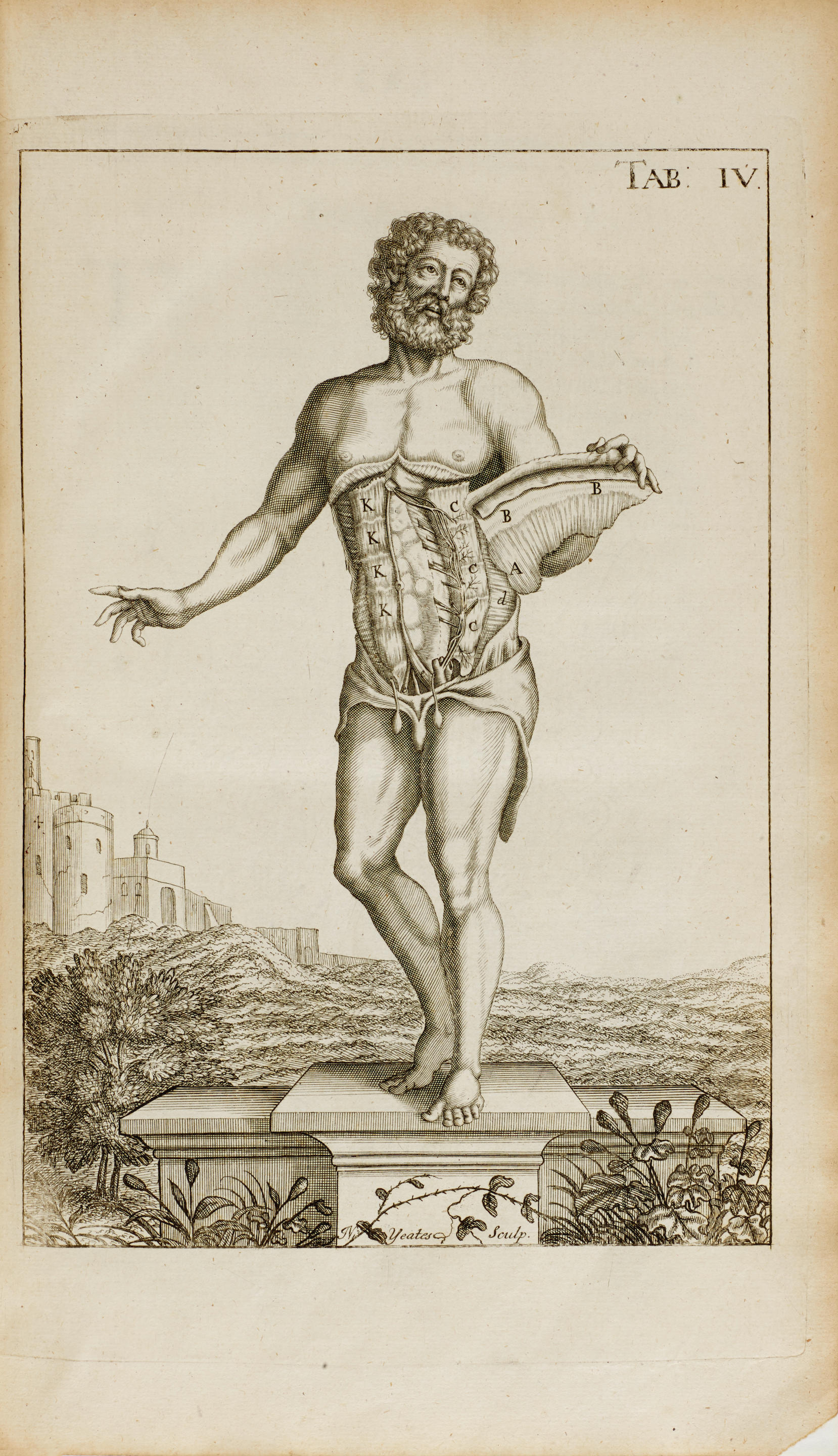
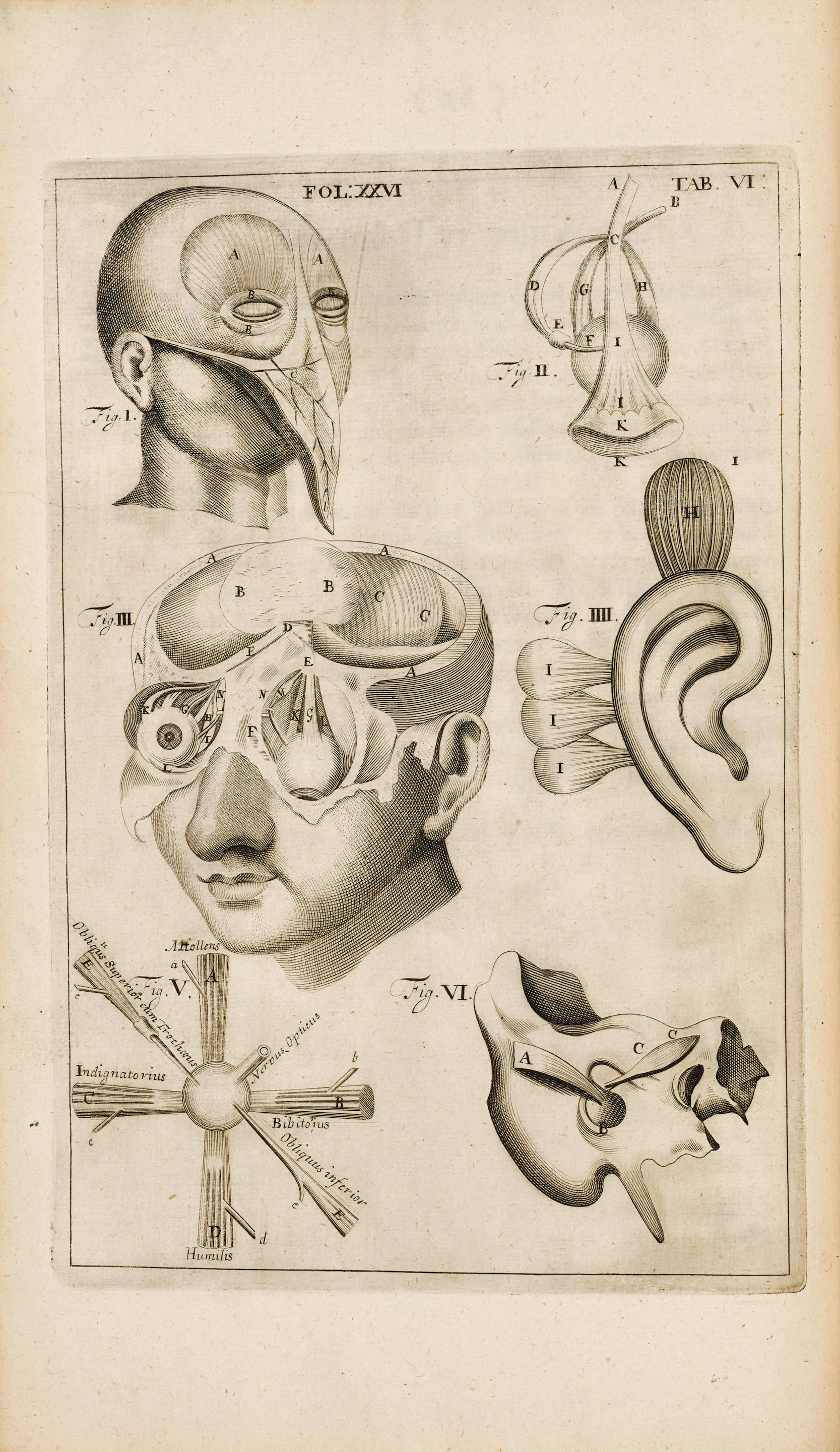
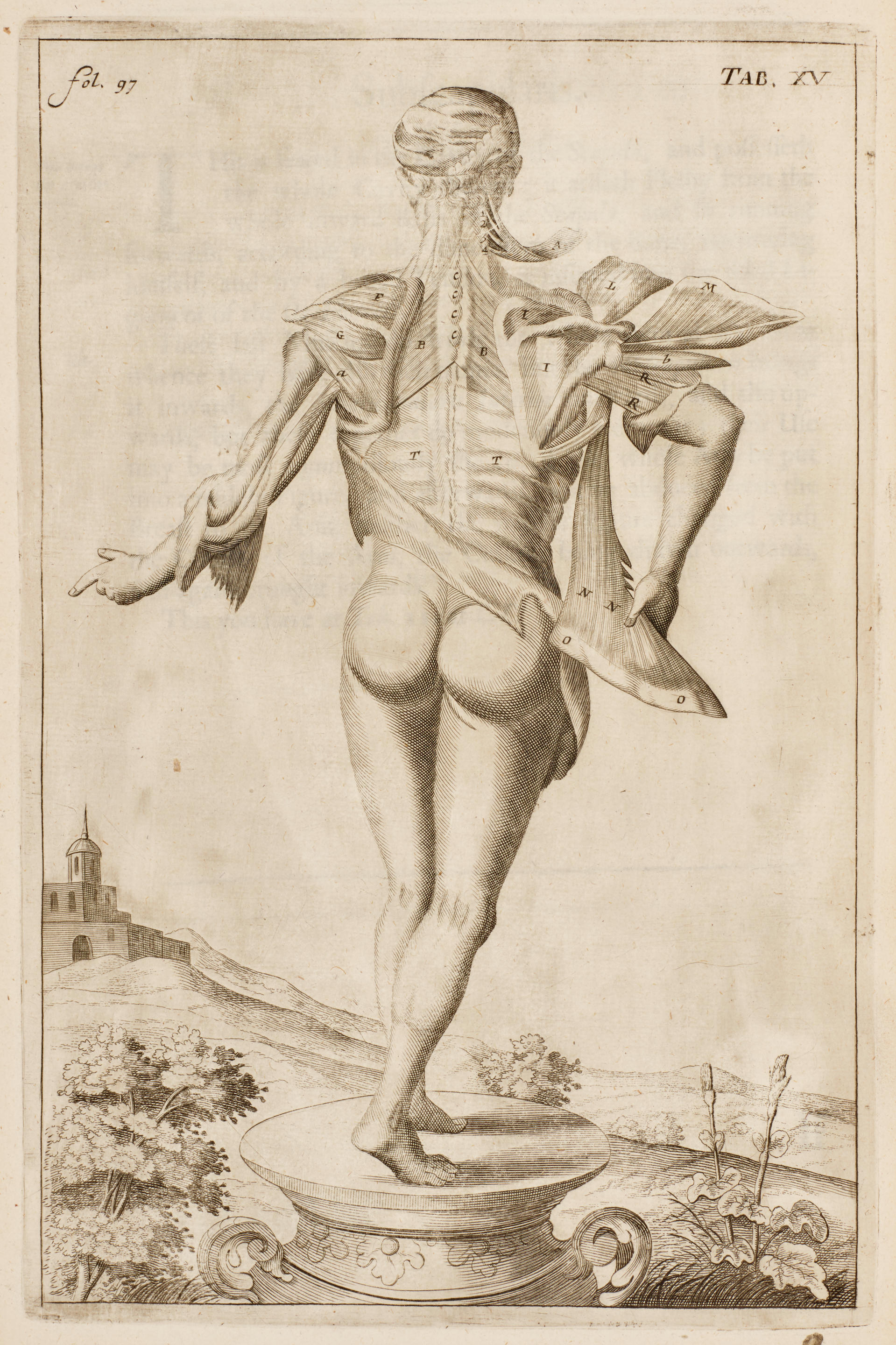




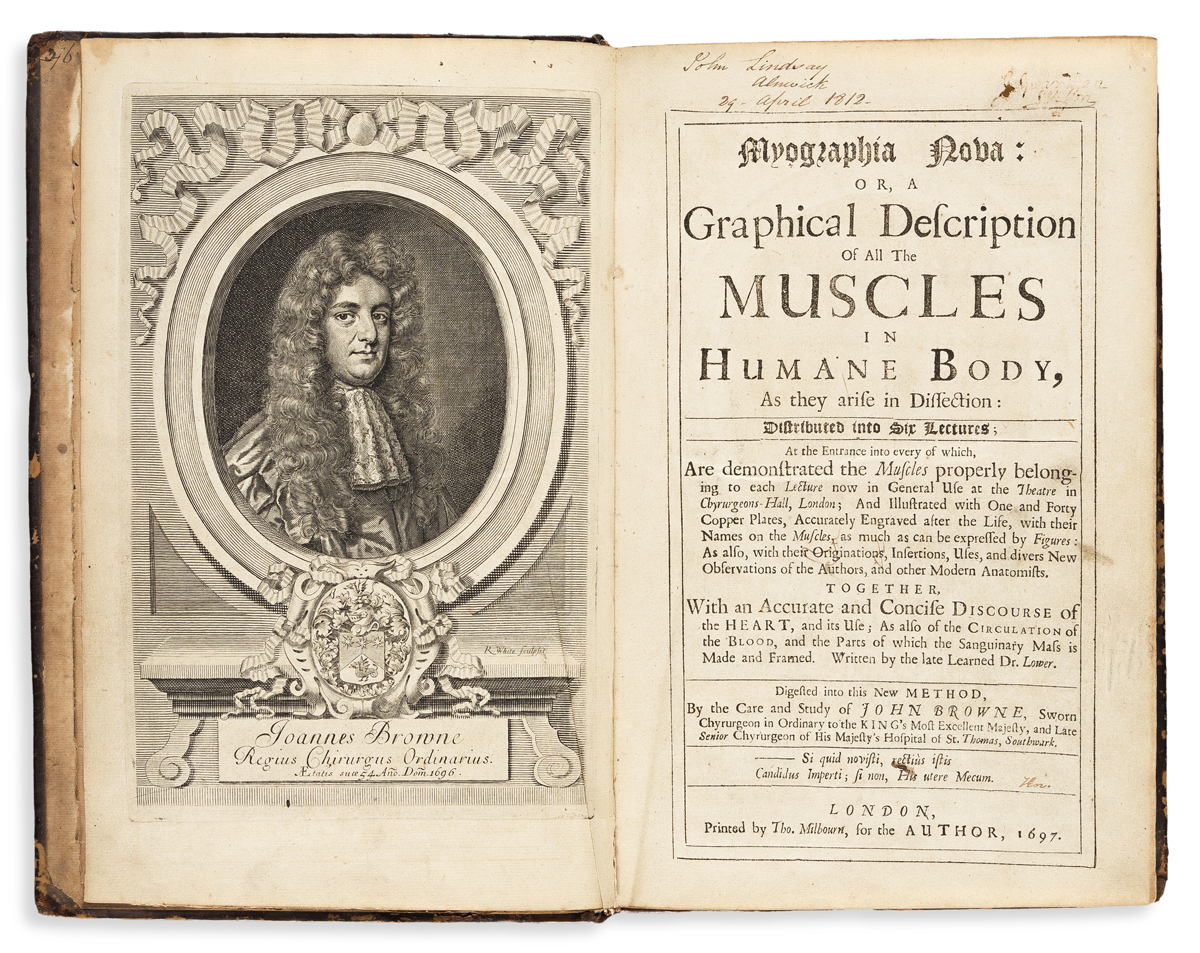
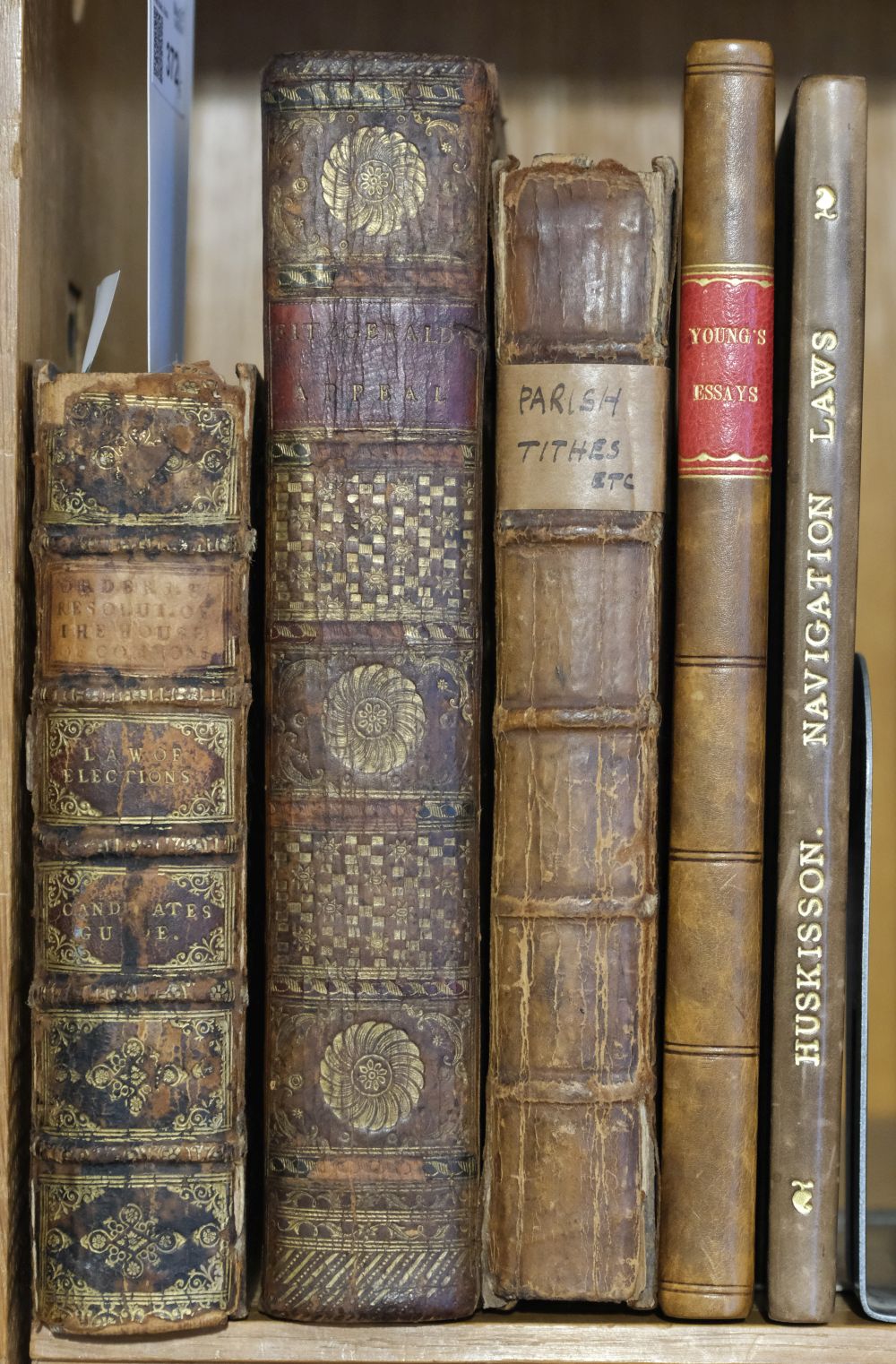

Try LotSearch and its premium features for 7 days - without any costs!
Be notified automatically about new items in upcoming auctions.
Create an alert